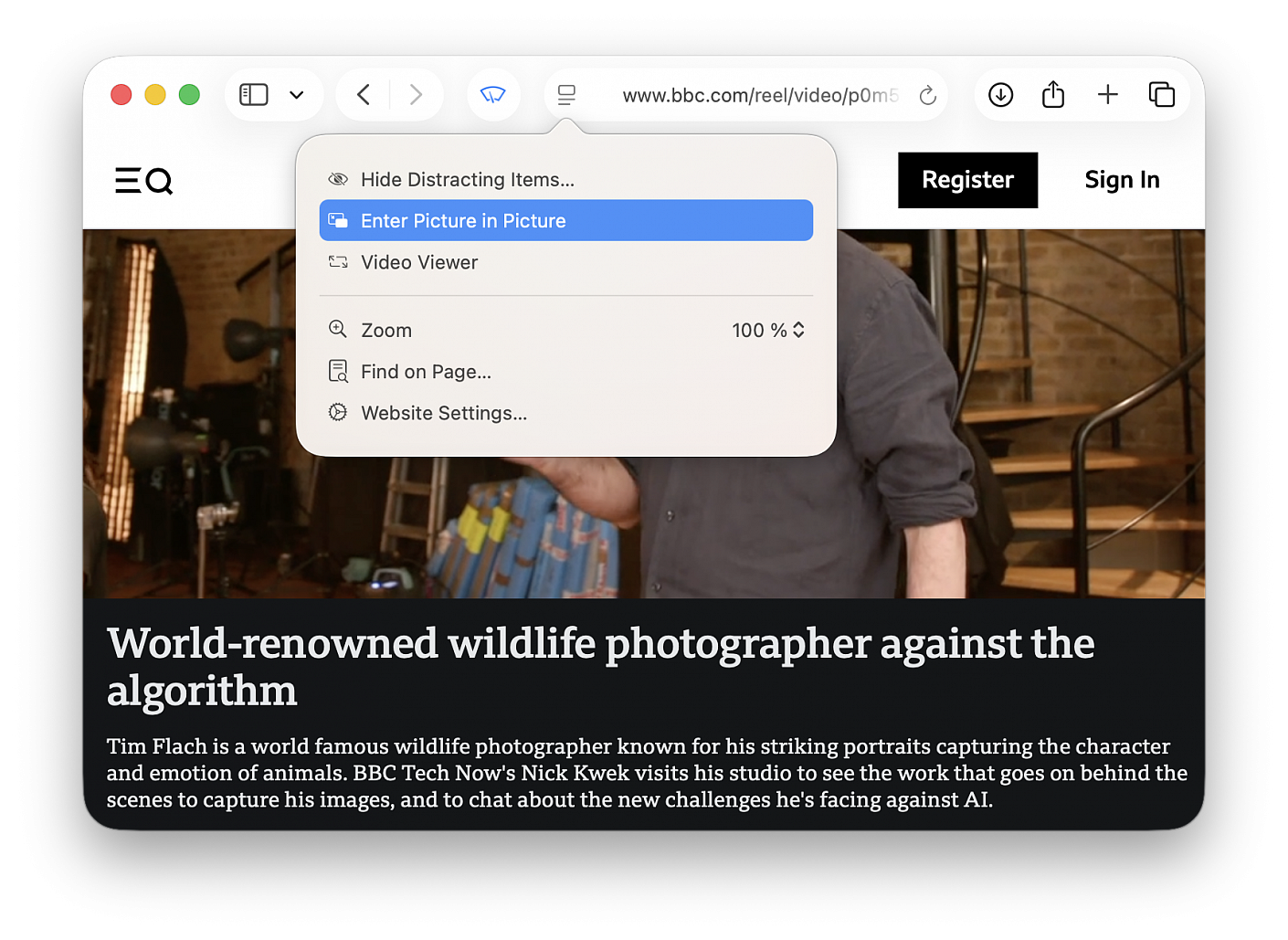macOS Tahoe has killed Launchpad, but if you miss it, here are two alternatives to Launchpad that you can use to see Mac apps in one spot and open them quickly.
Add Apps to a Hot Corner. Setting up Hot Corners is very easy:
• Go to the Apple menu and choose "System Settings..."
• Click Desktop & Dock in the side column
• Click the Hot Corners... button at the bottom of the menu
• In the dialog that appears, click the chevrons to open the dropdown menu corresponding to the screen corner that you want to use and assign this corner to Apps, then click Done
• Now, you can open the new macOS Tahoe Applications overlay by taking the pointer to that corner of the screen
Add an Applications folder to the Dock:
• Open a Finder window
• Right-click over Applications in the sidebar and select Add to Dock
• An Applications shortcut will be added to the left of the Trash icon, click it to view all apps and open one (you can also right-click on this icon and change a few things)
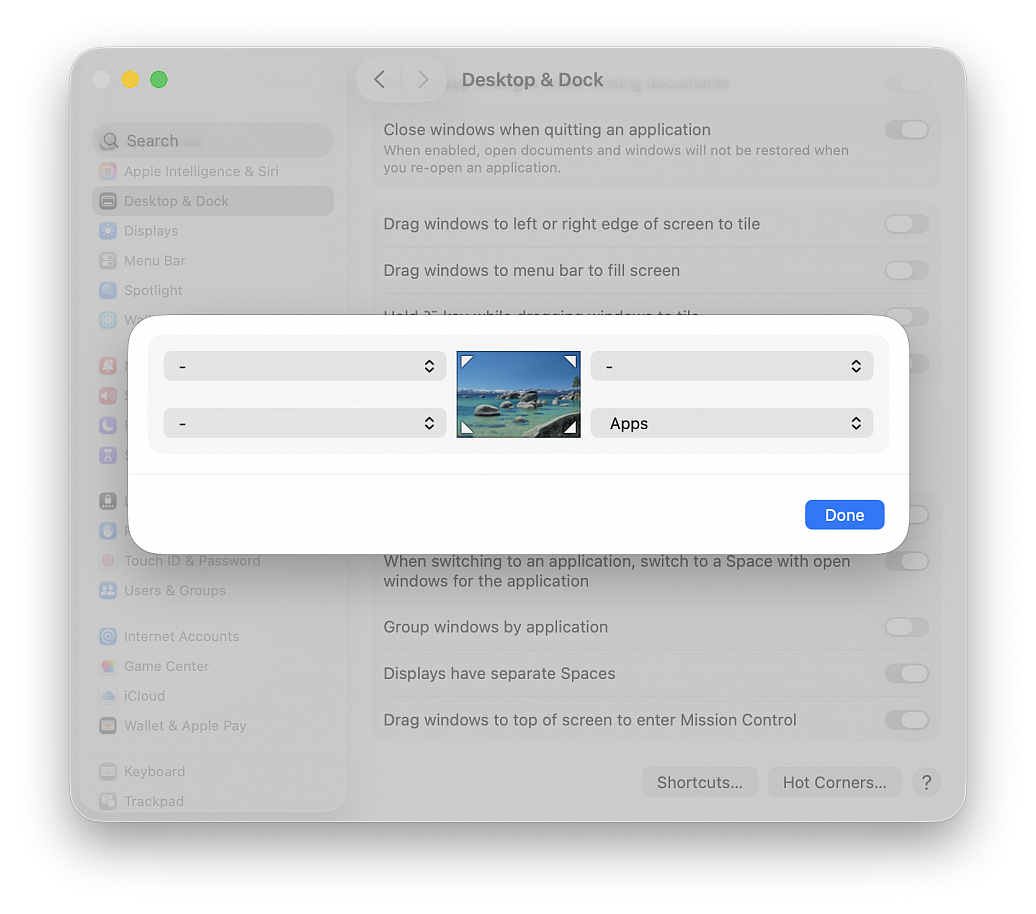
The latest versions of Safari use an aggressive tinting feature by default that changes the color the Safari window and titlebars to whatever color is detected on the top of a particular webpage. This can cause some visually jarring experiences when browsing the web, and if the colorful windows and titlebar experience is not something you like, you’ll be happy to know that you can easily turn the Safari color tinting feature off.
Color tinting in the Safari titlebars and window bars is not a new feature, but even if you had it disabled on prior versions of Safari, if you recently upgraded to macOS Tahoe you will likely find this feature has enabled itself again automatically, and thus you need to disable it again.
If you are tired of the garish color changing of the window titlebars, here’s how to disable that:
• From Safari, pull down the ‘Safari’ menu and choose “Settings...”
• Go to “Tabs”
• Uncheck the box for “Show color in tab bar”
The change takes effect immediately.
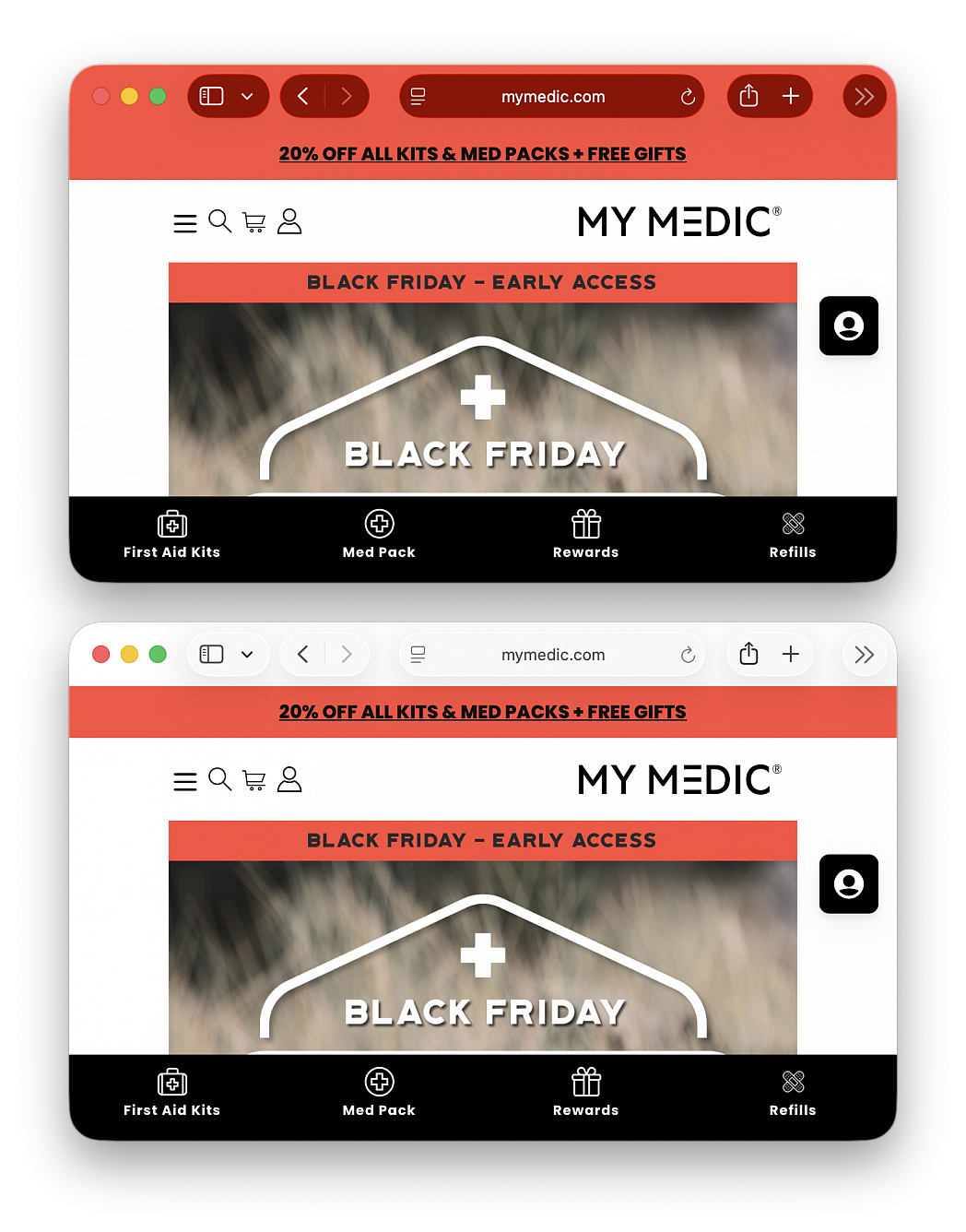
If you’re a legal or governmental official, journalist, researcher or in a similar profession, you may need to enter the current date and/or time in your documents for timestamping, record-keeping, regulatory compliance, etc. Learn how to use a Mac shortcut to quickly enter the current date and/or time in a text field without typing those details manually.
Instead of checking your computer’s clock and manually typing the date and/or time, you can automate it using a shortcut. This also ensures you can fill in the precise current date and/or time without the possibility of an error. It involves two simple steps: creating the shortcut once and then using it whenever needed.
• Open the Shortcuts app and choose File > New Shortcut
• Type “Text” in the top right search field and double-click the Text action to add it to your build
• Click in the text field, start typing “Current,” and select Current Date from the suggestions
• Select a Date Format (you can also pick a format for Time or set it to None if you only want to insert the date)
• Click the triangle Run button at the top to test your build; you’ll see the date and/or time appear on the screen
• Click the info button (i) in the top right corner of the window and check the box for Provide Output
• Click Add Keyboard Shortcut and press the keys you want to assign to run this shortcut (for instance, Control + Option + Command + D)
• Give a name to your shortcut (for instance, Insert Date & Time) and save the shortcut by closing the window (hit the red traffic light button)
• Open an app like Pages, Text Edit or Google Docs in Chrome and press the key combination; you’ll see that the current date and/or time are automatically typed in
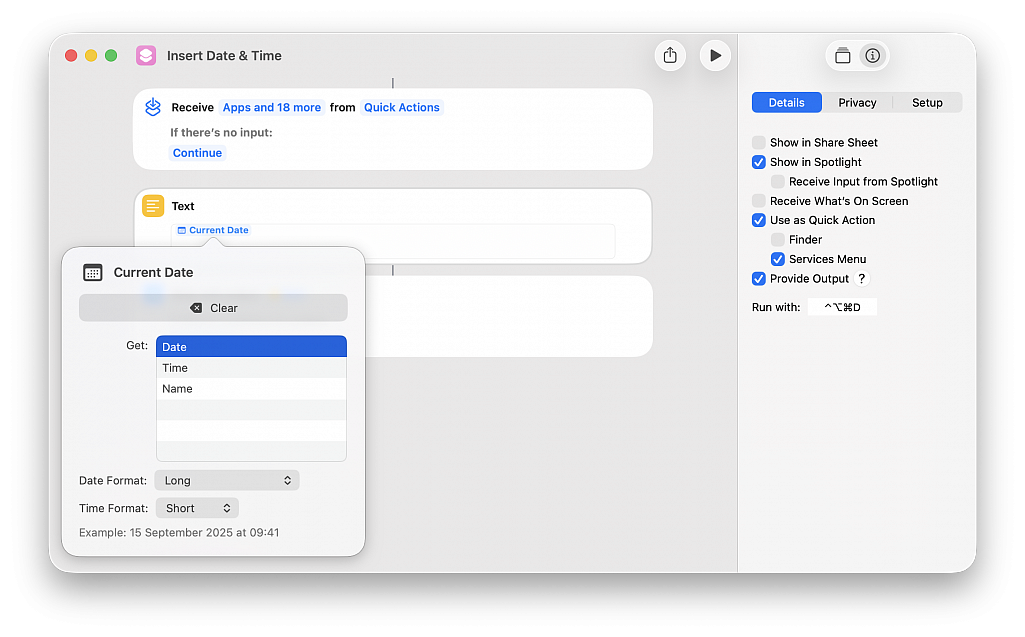
macOS Tahoe 26 gets a handy feature that allows your Mac to automatically connect to your iPhone or cellular iPad’s Personal Hotspot when no known Wi-Fi is available. Additionally, Mac can also be configured to automatically join the Personal Hotspot of a family member’s iOS device.
Make sure that Wi-Fi, Bluetooth, and Personal Hotspot are enabled on your or a family member’s nearby iPhone or cellular iPad. You can enable all these from the Settings app. In case of connecting to a family member’s iPhone or cellular iPad, make sure that person is added to your family group.
To allow your Mac to automatically connect to personal hotspots:
• Open System Settings on your Mac running macOS Tahoe 26
• Click Wi-Fi
• Scroll to the bottom and set “Ask to join hotspots” to Automatic in place of Never or Ask to Join
Going forward, your Mac will automatically connect to your iPhone or iPad’s cellular hotspot when no Wi-Fi is available and your iOS device has Wi-Fi, Bluetooth, and Personal Hotspot enabled.
To allow automatic connection to a family member’s hotspot:
• Go to System Settings > Wi-Fi and choose Automatic for “Ask to join hotspots"
• Open the Settings app on that family member’s iPhone or cellular iPad, tap Personal Hotspot > Family Sharing, select your name and set it to Automatic instead of Ask for Approval
From now on, your Mac will auto-join the hotspot of your family member’s iPhone or cellular iPad when Wi-Fi is unavailable, and your family member’s iOS device is nearby with Wi-Fi, Bluetooth, and Personal Hotspot enabled.
There is a delay in automatically switching to an iPhone or iPad’s personal hotspot after your Mac disconnects from regular Wi-Fi. This process is not seamless, and you may experience an offline period of up to a minute or more. However, if you boot up your Mac and Wi-Fi is unavailable from the start, your computer may automatically connect to Personal Hotspot from the beginning.
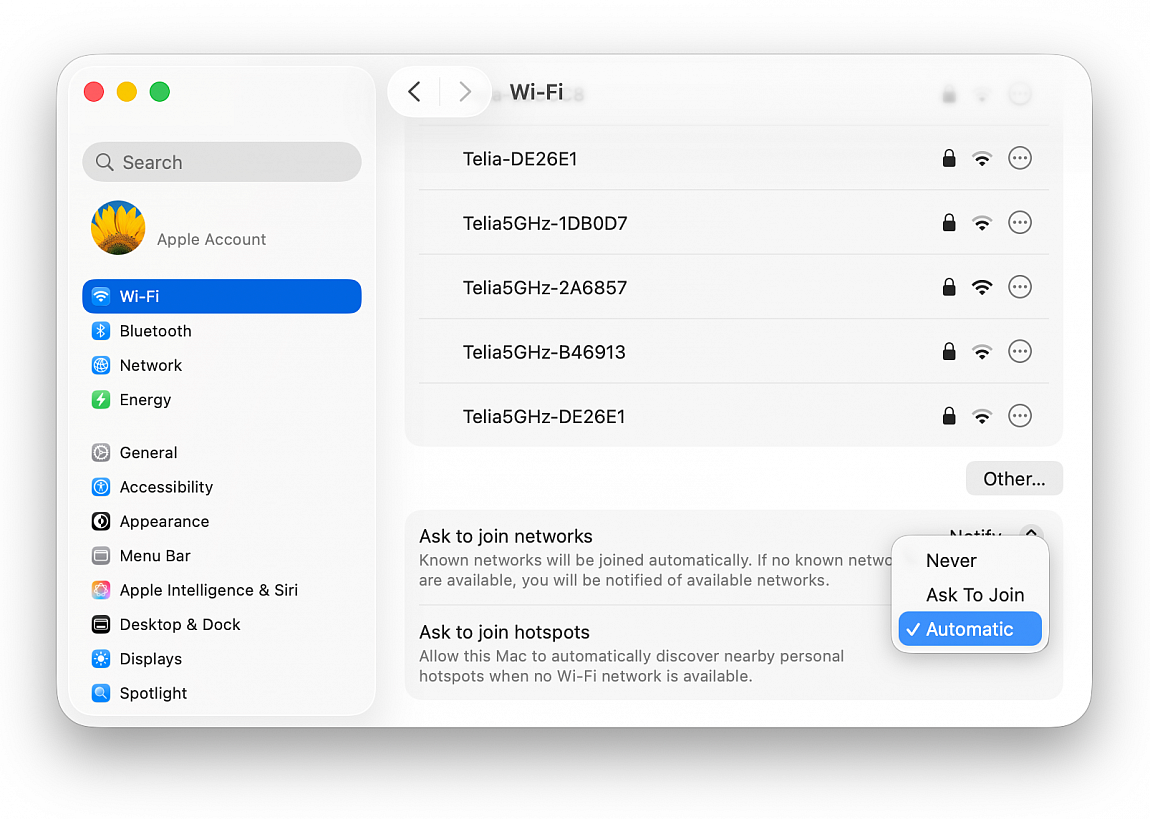
New Liquid Glass design has received most of the attention in news about macOS Tahoe, but there are quite a few new features that make the Mac better than ever, including some that are not super obvious.
Customize Lock Screen Font
macOS Tahoe lets you customize the clock that appears on your Mac's Lock Screen. You can't adjust size like you can in iOS 26, but you can change the font style and thickness. To adjust your clock, go to System Settings > Wallpaper > Clock Appearance. You can choose from six different font styles, and adjust the weight with a slider. You can opt to have the clock show on your Lock Screen or on the Lock Screen and Screen Saver.
Search Your Tabs
When you search in Spotlight, the results include the Safari tabs that you have open. If you tend to have dozens of tabs open at once, it can be a good way to find the specific tab you're looking for rather than clicking through them one-by-one. Open tabs show up at the top of the list when you enter a relevant search term.
Safari Picture in Picture
Picture-in-picture has been available in Safari for several years, but macOS Tahoe brings easier activation, new controls, and customization options. In an article where there's a video, click on the Page Menu icon in the left side of the URL bar to enter picture-in-picture mode. You can now access playback controls for skipping forward and backward, and you can skip ads directly from the picture-in-picture window.
See Your Spotlight History
You can see your past Spotlight searches and actions in macOS Tahoe, which makes it easy to get back to something that you did before. With Spotlight open, press on the up arrow to scroll through your past queries.
Game Overlay
When you're playing a game in macOS Tahoe, you can tap Command + ESC to bring up a new Game Overlay. From the Game Overlay, you can view achievements and leaderboards, connect with friends, and adjust settings like brightness and volume.
